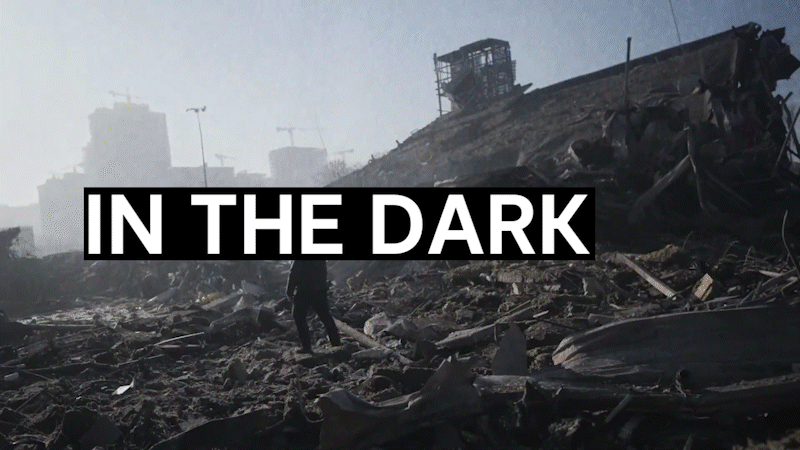In the Dark: How authoritarian regimes found an off switch for dissent

“There is a togetherness: it’s not me alone; there are others. I will go alone, but I will find others.”
— Nora Younis, Egyptian journalist
On January 25, 2011, an estimated 50,000 protesters flooded into Tahrir Square, a circular road junction that is the focal point of the city’s downtown district. Called to action at mosques, universities and colleges, and online, the protesters represented a coalescence of interests, from supporters of political Islam to liberal pro-democracy groups, feminists, and trade unionists, each with their own grievances against the regime of then-president Hosni Mubarak. Tahrir Square — “Tahrir” means “liberation” in English — became the revolution’s epicenter, occupied day and night: at times a celebration, at others a battleground. As Egyptian security forces responded with violence and the death toll mounted, it served as a place of collective mourning.
Caught off guard by the scale of the uprising, the security forces tried to shut down the protesters’ tools of communication. Twitter was essentially blocked from the evening of January 25 onward, and Facebook was blocked the following day. The restrictions weren’t wholly successful; information kept leaking out, and people still found ways to organize online. In the early hours of January 28, the government pulled the plug. Internet service providers (ISPs) and mobile operators were ordered to suspend their services, and power was cut to the main internet exchange point — the physical meeting point of ISPs’ traffic — in Cairo. For five days, Egypt was almost completely disconnected from the global internet.
This project, published in the journalism non-profit Rest of World in April 2022, took a decade-long view of authoritarian control over the internet. It threaded together narratives from Egypt, Russia, Kazakhstan, Eswatini and Myanmar to show how states have been able to capture communications infrastructure, shutting down networks in response to protests, and using off-the-shelf technologies to censor information.
Built on six months of reporting, In the Dark took the form of a single, episodic longform story, interspersed with data visualisation and interactive elements. It was among work shortlisted for the 2022 Fetisov Journalism Awards, and I discussed the project on the Lawfare podcast, BBC Digital Planet and the Human Rights Talks podcast.